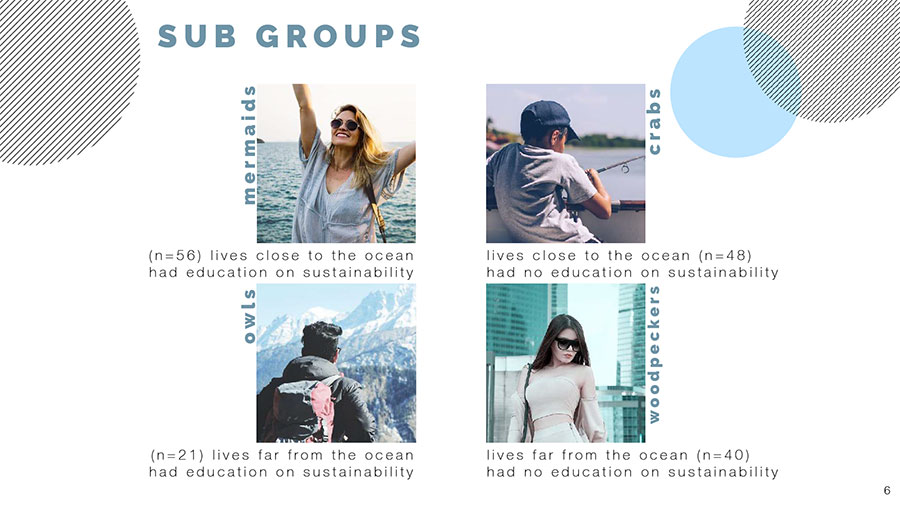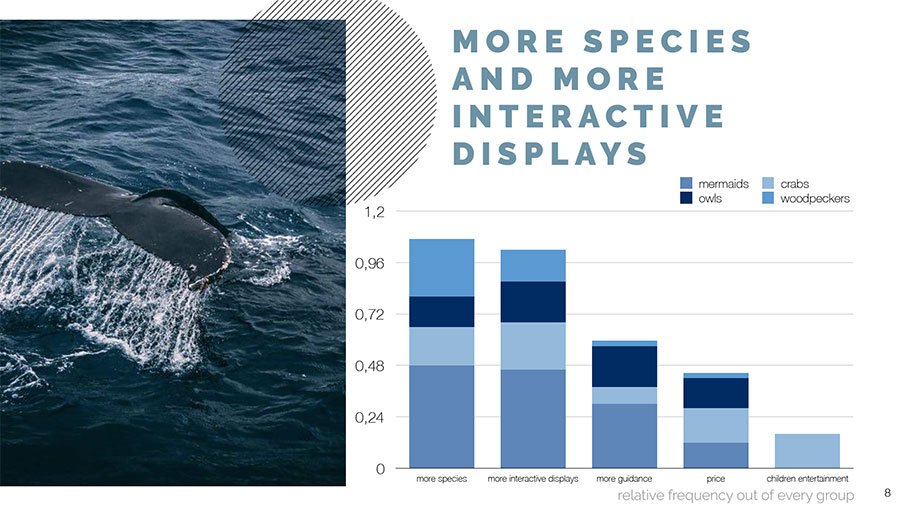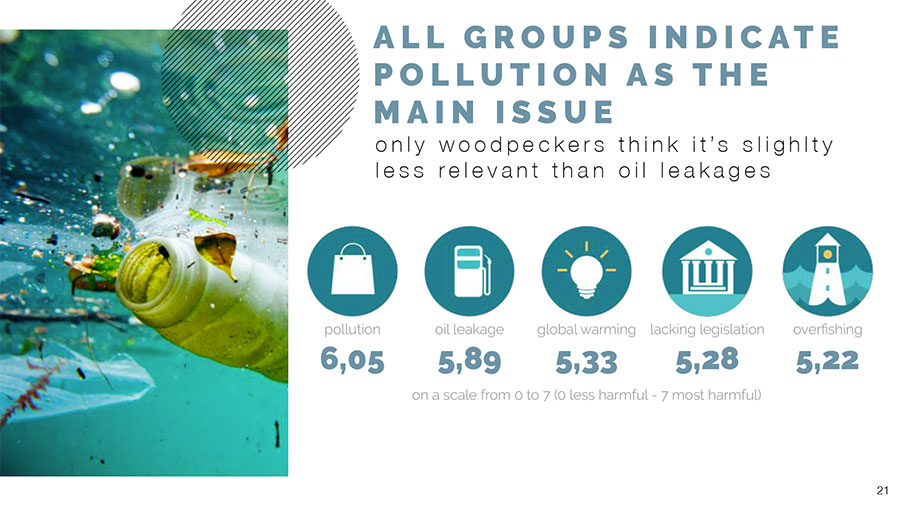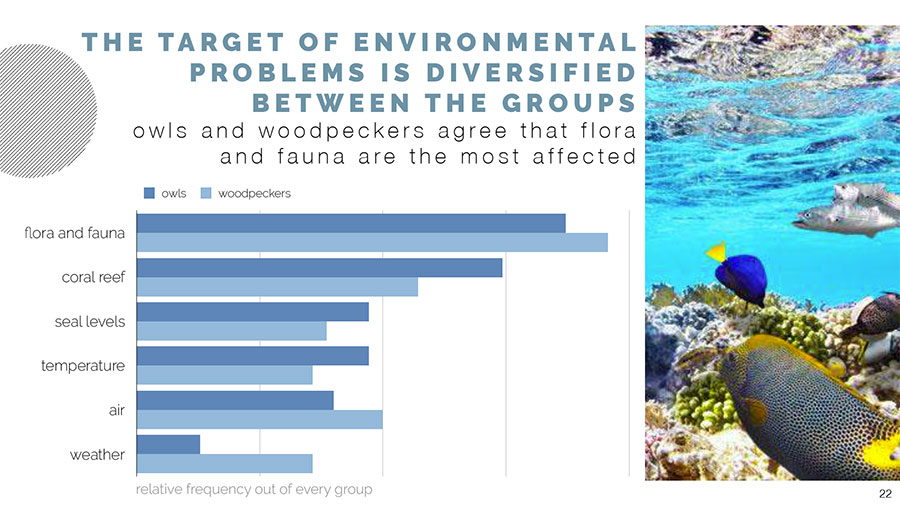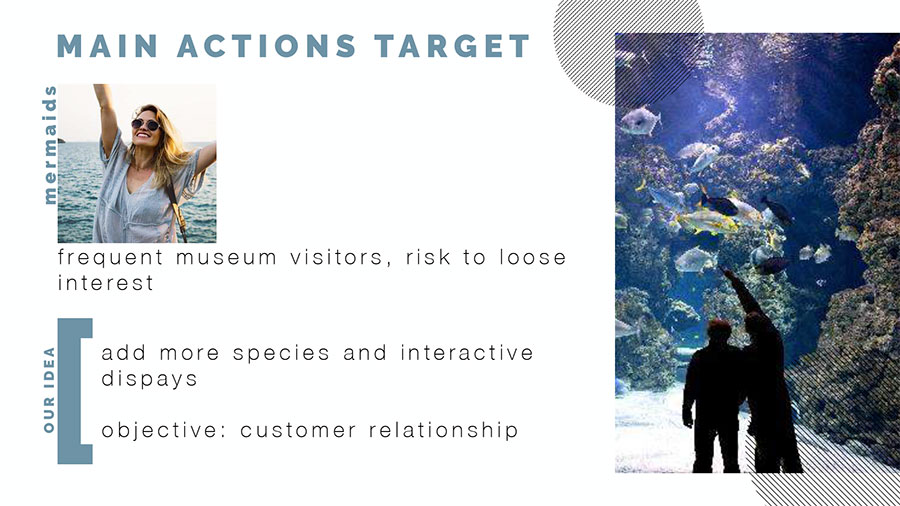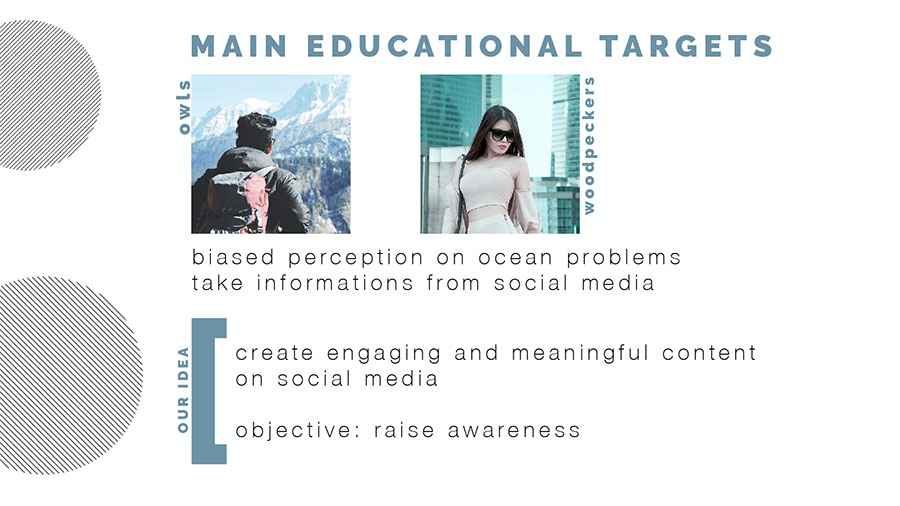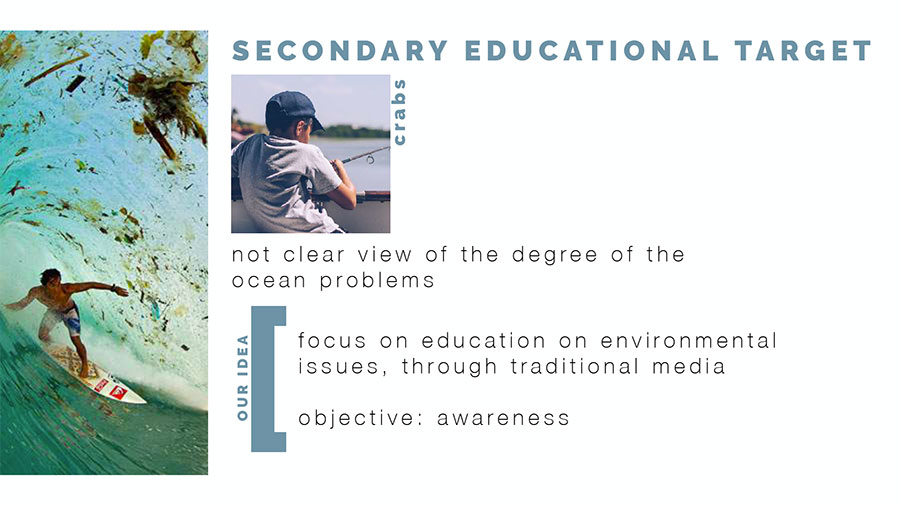Phase 2 of monaco’s ocean protection project has been achieved
In January Monaco Impact published an article announcing the completion of Phase 1 of the project aimed at raising awareness of environmental themes, and in particular the protection of the oceans, among young people, ((re)read it here.
Since then Phase 2 of the joint International University of Monaco, Monaco Impact and Monaco Oceanographic Museum project has also been completed.
Phase 2 – the development and conducting of a survey among young people to assess their level of awareness regarding ocean protection – was the responsibility of IUM students studying for a Masters degree in Marketing. On 15 February they presented the results of the survey to all the stakeholders during a dynamic and informative conference.
The results of the 25-question survey were both encouraging and unexpected. Unexpected because the differentiation factor was not age, as had initially been thought, but lifestyle and the level of education on ocean protection. This realization led the students to divide the 170 respondents into four categories. The names given to these categories immediately caught the audience’s attention:
- The mermaids: just like these fantastic creatures, the young people in this category live close to the ocean and have been educated regarding its protection.
- The crabs: this category is composed of students who live close to the ocean, but have not, or have hardly, been educated regarding the challenges facing the ocean and its protection.
- The owls: owls are considered to be wise, so this is a fitting name for the young people who, even though they do not live close to the ocean, are aware of its history and environmental problems.
- The woodpeckers: this name was chosen (with apologies to the birds) for the category of young people who live far from the ocean and who know nothing, or very little, about the ocean, its problems and its protection.
The survey revealed marked differences in the views and concerns of the different categories. For example, whereas the mermaids, crabs and owls all believe pollution is the greatest problem facing the oceans, the woodpeckers believe oil leakage is the most relevant problem.
- The mermaids are the Museum’s most frequent visitors, which means that they could, potentially, lose interest over time. Digital solutions to maintain their interest and encourage them to participate in ocean protection campaigns need to be found. The goal is to turn them into Ambassadors who will help raise awareness among the other categories thanks to the development of a long-term relationship between them the Museum.
- The crabs, the owls and the woodpeckers need to be targeted through recreational education campaigns, adapted to their different levels of knowledge and interest, in order to inform them and to transform them into active ocean-protection campaigners.
The students from the Marketing faculty have provided a strong working base for Phase 3 of the project. It is now up to the IUM students studying for a Masters degree in Management to develop digital strategies for the Museum. They will present their work to a jury in May.
Follow the evolution of the project on social networks:
#OceanoMonacoCampus #OceanoMonacoIUM

